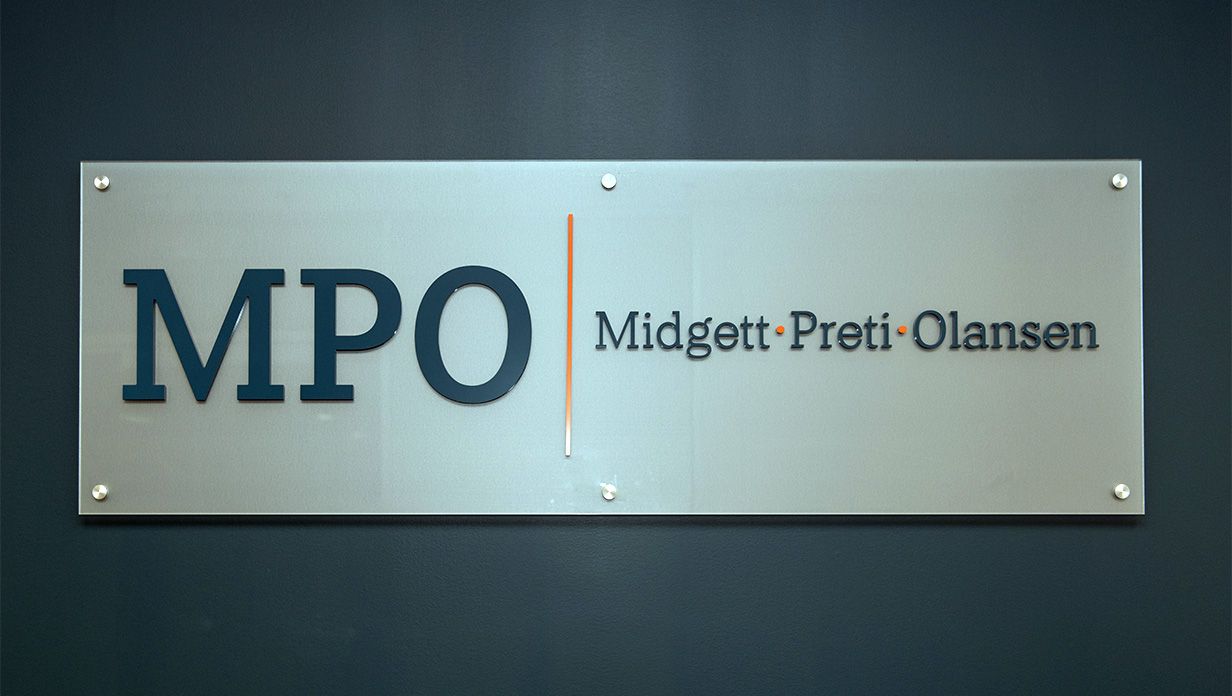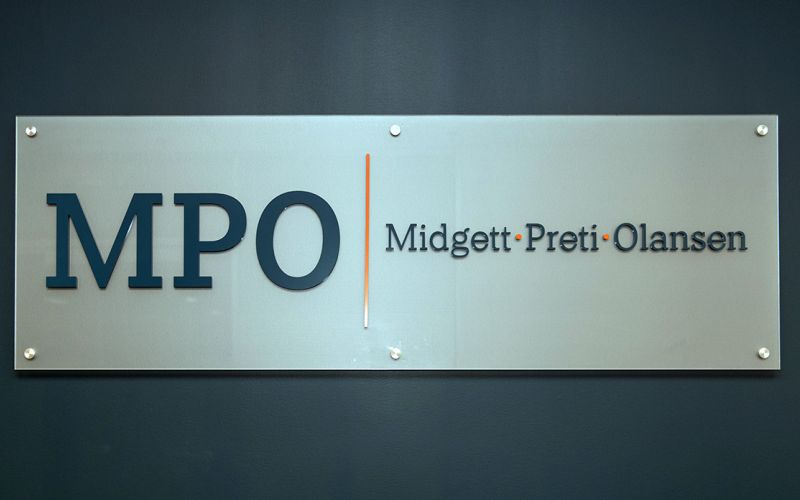Tax Benefits from Charitable Contributions Without Itemizing


The number of people who itemize could fall by more than half in 2018 because of changes made by the Tax Cuts and Jobs Act (TCJA) enacted on December 22, 2017. That’s bad news for many charitable givers. But for those who are age 70½ or older, a tax benefit from their charitable contributions may be available even if they don’t itemize. The key is to make the gift by way of a qualified charitable distribution (QCD).
Charitable Contributions
Charitable contributions may still be claimed as an itemized deduction, but the TCJA restricted itemized deductions for state and local income and property tax, modified the deduction for residence interest and eliminated miscellaneous itemized deductions. In place of these deductions, Congress nearly doubled the standard deduction. The net result is that charitable contributions won’t yield any tax benefit for millions of Americans who will no longer itemize their deductions.
But the TCJA didn’t touch one way for older individuals—specifically, those who are age 70½ or older and are receiving required minimum distributions (RMDs) from IRAs—to come out ahead tax-wise when they make a charitable contribution. The key is to make annual contributions by way of a qualified charitable distribution from their IRAs, and to reduce RMDs by a commensurate amount.
Annual RMDS
Taxpayers must start taking annual RMDs from their traditional IRAs by April 1 following the year in which they attain age 70½. Failure to withdraw the annual RMD could expose the taxpayer to a penalty tax equal to 50% of the required amount not withdrawn. The first distribution year is the year in which the IRA owner attains age 70½, but that first distribution may be postponed until the second distribution year.
The amount of each RMD is calculated separately for each IRA. However, the RMD amounts for the separate IRAs may be totaled and the aggregated RMD amount may be paid out from any one or more of the IRA accounts. Each year’s RMD is determined by a table percentage that varies with the taxpayer’s age and is applied against his or her total IRA balance at the end of the preceding year.
An annual exclusion from gross income (not to exceed $100,000) is available for otherwise taxable IRA distributions that are QCDs. Such distributions aren’t included in gross income, can’t be claimed as a deduction on the taxpayer’s return, and aren’t subject to the general percentage limitations that apply for making charitable contributions. But, even though a QCD from an IRA to a charity is not included in the taxpayer’s gross income, it is taken into account in determining the owner’s RMD for the year.
A qualified charitable distribution is one that is made:
- On or after the IRA owner attained age 70½ and
- Directly by the IRA trustee to a qualified charitable organization (other than a Code Sec. 509(a)(3) organization or a donor advised fund.
To be excludable from gross income, the distribution must be otherwise entirely deductible as a charitable contribution deduction under the Tax Code without regard to the regular charitable deduction percentage limits.
Using qualified charitable distributions—instead of making charitable gifts from other sources—can result in meaningful tax savings for charitable-minded older taxpayers who are receiving RMDs and will not itemize their deductions. For 2018, that will be the case if total itemized deductions, including charitable contribution deductions, won’t exceed $24,000 for joint filers, $18,000 for heads of household, and $12,000 for single filers (plus $1,300 for the elderly or blind, or $1,600 for a taxpayer who is unmarried and not a surviving spouse).
Illustration
Fred and Anne Able are both age 72 and will have $110,000 of adjusted gross income (AGI) for 2018, including $40,000 of RMDs that Fred is required to take from his IRAs. They will not be able to itemize deductions. Each year, they give a $2,000 check to their place of worship and another $1,000 to a children’s hospital. If they make the same gifts this year by writing checks to these charities, their taxable income will be $83,400 ($110,000 minus $26,600 standard deduction) and their federal income tax bill will be $10,227. Alternatively, they can withdraw only $37,000 from Fred’s IRAs, and make their $3,000 of charitable gifts via QCDs from those IRAs. This way, they will satisfy their charitable giving goals, meet Fred’s RMD requirement, and reduce their taxable income to $80,400 ($107,000 minus $26,600 standard deduction). Their tax bill will be $9,567, or $660 less than doing things the usual way.
The higher the taxpayer’s marginal tax bracket, the more tax dollars would be saved.
Recommendation
Taxpayers interested in using QCDs to reduce their tax bills should defer taking RMDs—or defer taking the entire amount of the RMD—until near the end of the year or whenever else in the year that they know how much they will contribute to charity for the year. By doing so, they can know before taking any actual IRA distributions how much their RMD (and AGI, and taxable income) can be reduced by making QCDs for the year.
Caution
A QCD must be made directly by the IRA trustee to a charitable organization. Thus, a distribution made to an individual, and then rolled over to a charitable organization, is not excludable from gross income. However, if a check from an IRA is made payable to a charitable organization, and delivered by the IRA owner to that organization, then the payment to the organization is treated as a direct payment made by the IRA trustee to the organization.
This strategy may also work for persons eligible to itemize deductions, even without claiming gifts to charity, and who have high medical expenses. An amount (up to $100,000) paid out to a charity as a QCD instead of being received as a regular RMD reduces AGI and may qualify the taxpayer for a higher medical expense deduction. Under the TCJA, medical expenses can be claimed as an itemized deduction for 2018 only to the extent they exceed 7.5% of AGI (above 10% of AGI for 2019 and later).
To see if the QCD strategy works for you, contact Midgett Preti Olansen at 757-687-8888 to schedule your appointment.

Written By John T. Midgett
John T. Midgett is a Shareholder in the Law Firm of Midgett Preti Olansen. His practice is concentrated in the related areas of estate planning, administration and taxation, estate and trust litigation, and family business planning.
Latest Resource Articles
-

What is the Difference Between Trustee, Executor, and Pow…
Written by Nathan R. Olansen on January 10, 2024.Key Takeaways: The overarching goal of any trustee, executor, or power of attorney is to wo…Read more -

Reasons Why You Should Hire a Professional Executor
Written by Nathan R. Olansen on December 21, 2023.Key takeaways: A fiduciary is a person or entity appointed to handle financial and legal ma…Read more -

Why Set Up a Trust for Your Grandchildren?
Written by Alison R. Zizzo on December 11, 2023.Creating a trust for a grandchild requires not only an understanding of one’s financial goal…Read more -

Understanding The Benefits of a Bloodline Trust
Written by Alison R. Zizzo on November 10, 2023.Key Takeaways A bloodline trust is an estate planning tool designed to protect assets for d…Read more -

Are Powers of Attorney Responsible for Medical Bills?
Written by Nathan R. Olansen on September 22, 2023.According to a Genworth’s 2021 Cost of Care Survey, the reported average cost of assisted li…Read more -

Top Reasons for Disputing a Trust in Virginia
Written by Nathan R. Olansen on September 1, 2023.A trust is a valuable tool for saving your loved ones from the probate process and reducing …Read more -

Are You Responsible for Your Deceased Spouse’s Medical Bi…
Written by Ann H. Larkin on August 29, 2023.After the death of a spouse, the surviving spouse will inevitably receive bills from hospita…Read more -

Know the Signs of an Employee Retention Credit Scam
Written by Nathan R. Olansen on August 2, 2023.If it sounds too good to be true, it probably is. The IRS has sounded the alarm repeatedly r…Read more -

Can a Trustee Sue a Beneficiary?
Written by Nathan R. Olansen on August 1, 2023.When you are named the trustee of a trust, it comes with responsibilities you need to be pre…Read more
"*" indicates required fields

© 2024 Midgett Preti Olansen





